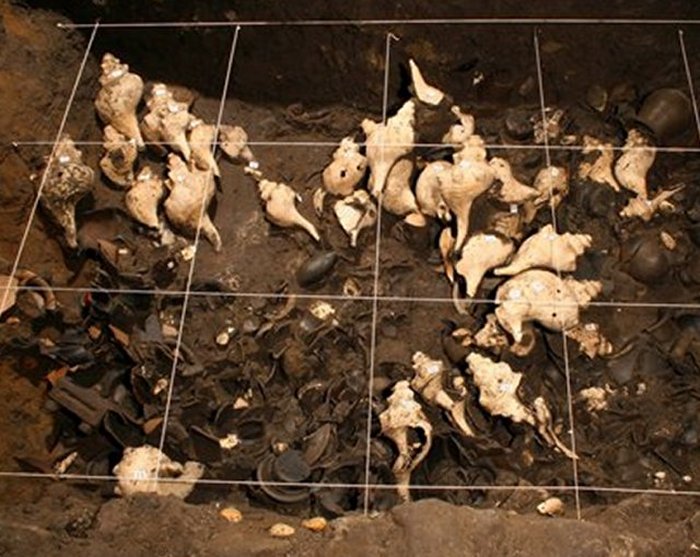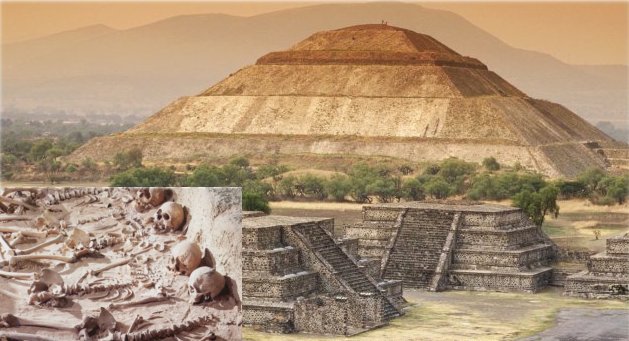Secret Underground Ancient Teotihuacan Tunnel May Solve A Long-Standing Mystery And Reveal Royal Tombs
AncientPages.com - Many secrets are hidden in Teotihuacan, northeast of Mexico City, Mexico.
Aztecs and the Toltecs, reached a place called Teotihuacan that was already enshrined in myth. In Nahuatl, the Aztec language still spoken in many parts of Mexico, Teotihuacan means "the place where men become gods."
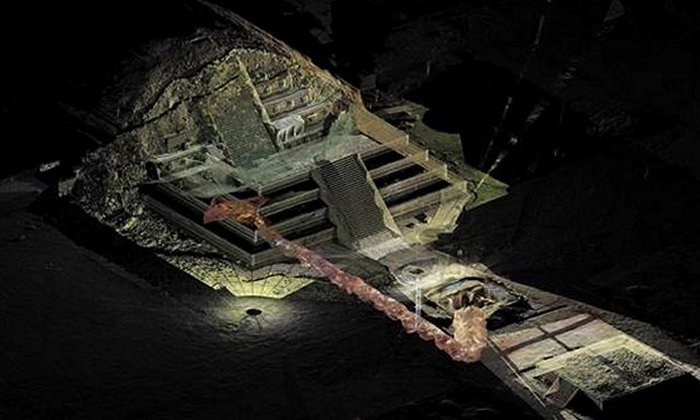
Teotihuacan, Mexico: Tunnel discovered under pyramid in Teotihucan archaeological site. A scanner view of a tunnel under a pyramid at the archaeological site of Teotihuacan, Mexico. INAH/Handout/EPA
Kings reigned at Teotihuacan and were buried there, for to be buried in Teotihuacan was to join the gods in an afterlife.
One of Mexico's most-visited ancient sites, Teotihuacan is home to massive pyramids, temples and elite residences including many adorned with colorful murals. Teotihuacán has long stood as the greatest of Mesoamerican mysteries.
The city reached its peak between 100 B.C. and 650 B.C. with a population as large as 200,000, growing rich from a wide-ranging trade in obsidian that in pre-Columbian times was used to make knives and other weapons.
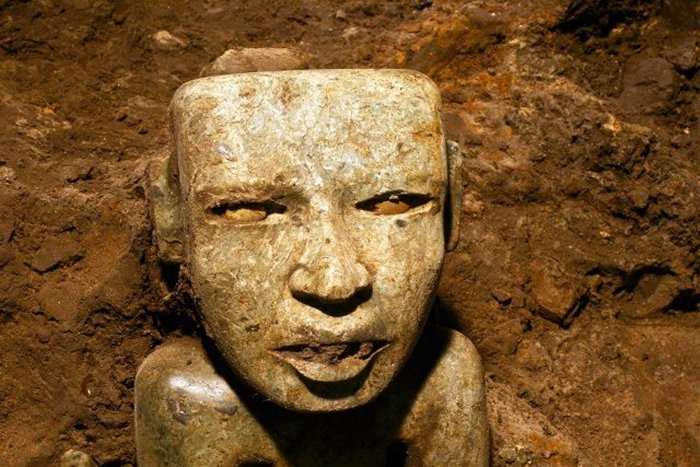
A sculpture unearthed at the Teotihuacan archeological site in Mexico. Mexican archaeologists have concluded a yearslong exploration of a tunnel sealed nearly 2,000 years ago at the ancient city of Teotihuacan and found thousands of relics. Teotihuacan dominated central Mexico centuries before the rise of the Aztecs in the 14th century. (AP Photo/Proyecto Tlalocan, INAH)
In designing Teotihuacan (pronounced tay-oh-tee-wah-KAHN), the city’s architects had arranged the major monuments on a north-south axis, with the so-called “Avenue of the Dead” linking the largest structure, the Temple of the Sun, with the Ciudadela, the southeasterly courtyard that housed the Temple of the Plumed Serpent.
According to Clemency Coggins, a professor emerita of archaeology and art history at Boston University, the ancient city was designed as a physical manifestation of its founders’ creation myth. Not only was Teotihuacán laid out in a measured rectangular grid, but the pattern was oriented to the movement of the sun, which was born there, Coggins pointed out.
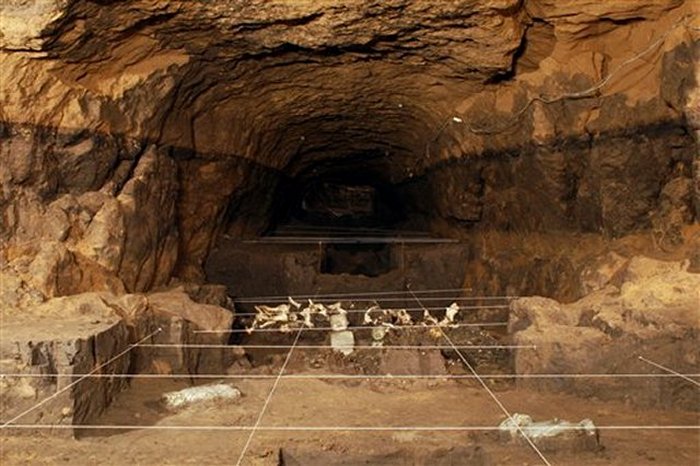
Sculptures and shells unearthed by investigators at the Teotihuacan archeological site in Mexico. Mexican archaeologists have concluded a yearslong exploration of a tunnel sealed nearly 2,000 years ago at the ancient city of Teotihuacan and found thousands of relics. Teotihuacan dominated central Mexico centuries before the rise of the Aztecs in the 14th century. (AP Photo/Proyecto Tlalocan, INAH)
Archaeologists have conducted long-term archaeological research in the City of the Gods and a chance discovery beneath a nearly 2,000-year-old pyramid may soon lead to the heart of a lost civilization.
See also:
Great Pyramid of Cholula: World’s Largest Pyramid
Mysterious Teotihuacan ‘Host’ Figurines From Metepec, Mexico
The structure is filled with thousands of ritual objects and may lead to royal tombs, according to Sergio Gomez the lead Mexican archaeologist working with the project.
The entrance to the 1,800-year-old tunnel was first discovered in 2003, and its contents came to light thanks to excavations by remote-control robots and then human researchers.
The site is located approximately 30 miles (50 kilometers) northeast of Mexico City. The ruins have long been shrouded in mystery because its inhabitants did not leave behind written records.
The artifacts found inside the tunnel, located below the Temple of the Plumed Serpent, include finely carved stone sculptures, jewelry and shells. The tunnel ran approximately 330 feet from the Ciudadela to the center of the Temple of the Plumed Serpent. The hole that had appeared during the 2003 storms was not the actual entrance; that lay a few yards back, and it had apparently been intentionally sealed with large boulders nearly 2,000 years ago.
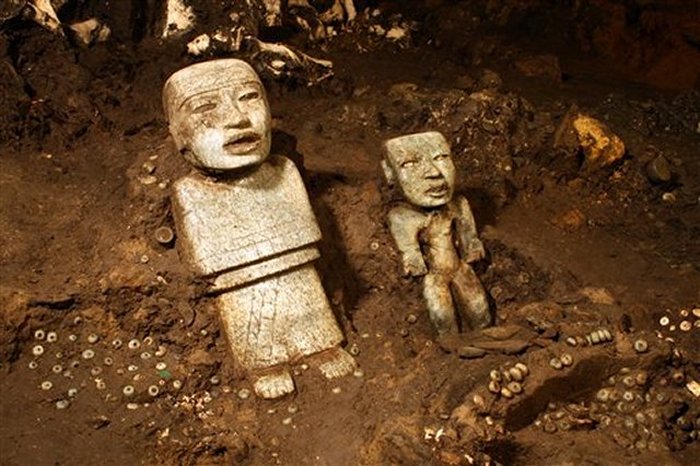
Sculptures unearthed by investigators at the Teotihuacan archeological site in Mexico. Mexican archaeologists have concluded a years long exploration of a tunnel sealed nearly 2,000 years ago at the ancient city of Teotihuacan and found thousands of relics. AP Photo/Proyecto Tlalocan, INAH
About 50,000 objects, of which 4,000 made of wood as well as scores of obsidian blades and arrow heads, provide clues into how the city's priests and rulers conceived the underworld.
Researchers hope to find a royal tomb at the end of the tunnel and as Gomez says, due to the magnitude of the offerings that have been found, it can't be in any other place.
"We've been able to confirm all of the hypotheses we've made from the beginning," he added, saying ongoing excavations could yield more major discoveries.
Teotihuacan was settled as early as 400 B.C., but it was only around A.D. 100, an era of robust population growth and increased urbanization in Mesoamerica
The city had long been abandoned by the time the Aztecs came to power in the Valley of Mexico in the 14th century, yet it continued to play an important role as a destination for religious pilgrimages.
AncientPages.com
More From Ancient Pages
-
 On This Day In History: Grote Reber, Great Amateur Astronomer And Ham Radio Operator Born – On Dec 22, 1911
News | Dec 22, 2016
On This Day In History: Grote Reber, Great Amateur Astronomer And Ham Radio Operator Born – On Dec 22, 1911
News | Dec 22, 2016 -
 Nomadic People’s 1,500-Year-Old Imperial Worship Unearthed In Hohhot, Inner Mongolia
Archaeology | Nov 18, 2020
Nomadic People’s 1,500-Year-Old Imperial Worship Unearthed In Hohhot, Inner Mongolia
Archaeology | Nov 18, 2020 -
 Ranikot Fort: Gigantic Great Wall Of Pakistan Shows Greatness Of Indus Valley Civilization
Featured Stories | Mar 27, 2019
Ranikot Fort: Gigantic Great Wall Of Pakistan Shows Greatness Of Indus Valley Civilization
Featured Stories | Mar 27, 2019 -
 Did Neanderthals And Modern Humans Meet In The Czech Republic 50,000 Years Ago?
Archaeology | Jun 17, 2017
Did Neanderthals And Modern Humans Meet In The Czech Republic 50,000 Years Ago?
Archaeology | Jun 17, 2017 -
 What Is Pax Sinica?
Ancient History Facts | Apr 26, 2018
What Is Pax Sinica?
Ancient History Facts | Apr 26, 2018 -
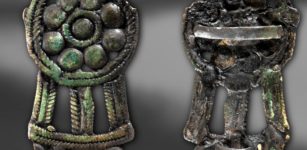 Hunter-Gatherer Metallurgy In The Early Iron Age Of Northern Fennoscandia Was Integrated And Advanced
Archaeology | Aug 15, 2023
Hunter-Gatherer Metallurgy In The Early Iron Age Of Northern Fennoscandia Was Integrated And Advanced
Archaeology | Aug 15, 2023 -
 On This Day In History: Crew Of Discovery Launches Mutiny Against Captain Henry Hudson – On June 22, 1611
News | Jun 22, 2016
On This Day In History: Crew Of Discovery Launches Mutiny Against Captain Henry Hudson – On June 22, 1611
News | Jun 22, 2016 -
 Unexplained Mystery Of The Ship Of Horror – An Unsettling Story
Featured Stories | Aug 22, 2024
Unexplained Mystery Of The Ship Of Horror – An Unsettling Story
Featured Stories | Aug 22, 2024 -
 Ancient DNA Extracted From A 2,900-Year-Old Clay Brick – Unique Time Capsule Of Plant Life
DNA | Aug 23, 2023
Ancient DNA Extracted From A 2,900-Year-Old Clay Brick – Unique Time Capsule Of Plant Life
DNA | Aug 23, 2023 -
 How Did Ancient People Wake Up On Time Before The Alarm Clock Was Invented?
Ancient History Facts | Mar 29, 2025
How Did Ancient People Wake Up On Time Before The Alarm Clock Was Invented?
Ancient History Facts | Mar 29, 2025 -
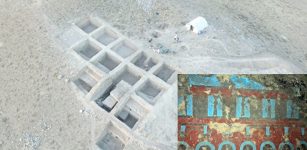 First Look At Mysterious 2,700-Year-Old Underground Frescoes Hidden Inside An Urartu Structure
Archaeology | Oct 6, 2022
First Look At Mysterious 2,700-Year-Old Underground Frescoes Hidden Inside An Urartu Structure
Archaeology | Oct 6, 2022 -
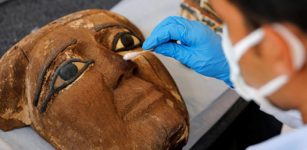 Saqqara Necropolis: Biggest Archaeological Discovery In 2020 – Photos Revealed
Archaeology | Nov 14, 2020
Saqqara Necropolis: Biggest Archaeological Discovery In 2020 – Photos Revealed
Archaeology | Nov 14, 2020 -
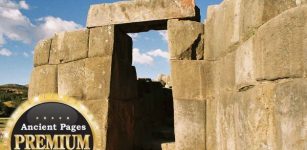 Sacsayhuamán – Was It Built By ‘Demons’ Or Viracocha The Bearded God?
Ancient Mysteries | Apr 10, 2014
Sacsayhuamán – Was It Built By ‘Demons’ Or Viracocha The Bearded God?
Ancient Mysteries | Apr 10, 2014 -
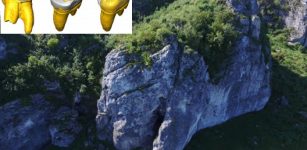 Extraordinary Find: The Oldest Neanderthal DNA Of Central-Eastern Europe
DNA | Sep 10, 2020
Extraordinary Find: The Oldest Neanderthal DNA Of Central-Eastern Europe
DNA | Sep 10, 2020 -
 Underground Civilizations – Secret Subterranean Corridors And Strange People – Part 2
Ancient Mysteries | May 10, 2019
Underground Civilizations – Secret Subterranean Corridors And Strange People – Part 2
Ancient Mysteries | May 10, 2019 -
 Iktomi – Native American Spider-Trickster Spirit Whose Stories Teach Moral Values
Featured Stories | Jan 28, 2019
Iktomi – Native American Spider-Trickster Spirit Whose Stories Teach Moral Values
Featured Stories | Jan 28, 2019 -
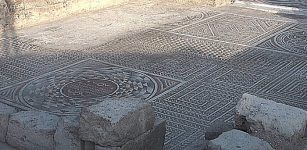 Large 4th Century Mosaic Floor Unearthed In İncesu, Kayseri Province, Turkey
Archaeology | Nov 28, 2023
Large 4th Century Mosaic Floor Unearthed In İncesu, Kayseri Province, Turkey
Archaeology | Nov 28, 2023 -
 World’s First Diva Was Livia – Wife Of Emperor Augustus
Ancient History Facts | Aug 2, 2016
World’s First Diva Was Livia – Wife Of Emperor Augustus
Ancient History Facts | Aug 2, 2016 -
 Why Were Uncomfortable Poulaines High Fashion During The Middle Ages?
Ancient History Facts | Feb 19, 2025
Why Were Uncomfortable Poulaines High Fashion During The Middle Ages?
Ancient History Facts | Feb 19, 2025 -
 On This Day In History: Shakespeare’s King Lear Performed Before The Court Of King James I – On Dec 26, 1606
News | Dec 26, 2016
On This Day In History: Shakespeare’s King Lear Performed Before The Court Of King James I – On Dec 26, 1606
News | Dec 26, 2016

